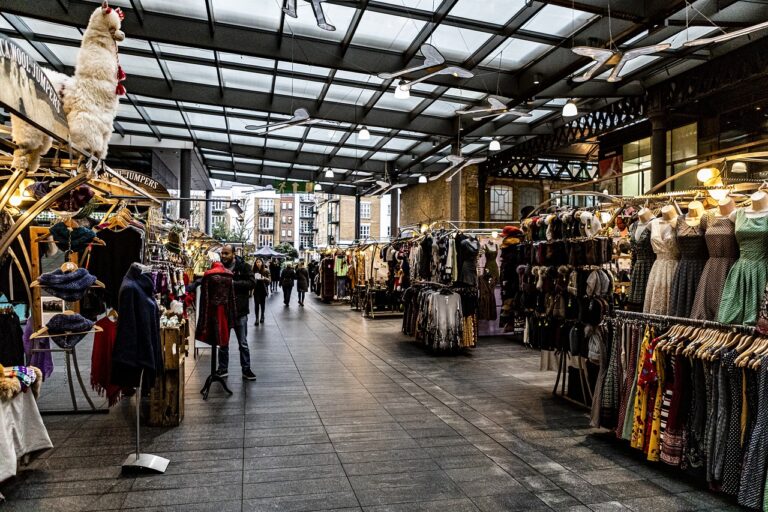Sustainable Jewelry: Ethical Choices in Accessories Shopping
In today’s fast-paced world, consumers are becoming increasingly aware of the environmental and ethical implications of their purchases. As a result, the demand for sustainable and ethically sourced products, including jewelry, is on the rise. Sustainable jewelry is not only good for the planet but also for the people who make it. In this article, we will explore the concept of sustainable jewelry and provide tips on how to make ethical choices when shopping for accessories.
What is Sustainable Jewelry?
Sustainable jewelry is a type of jewelry that is produced using environmentally friendly and socially responsible practices. This includes using recycled materials, reducing waste, and ensuring fair labor practices. Sustainable jewelry brands often prioritize transparency and traceability in their supply chains, allowing consumers to make informed decisions about their purchases.
Why Choose Sustainable Jewelry?
By choosing sustainable jewelry, consumers can support brands that are committed to reducing their environmental impact and improving the livelihoods of artisans and workers. Sustainable jewelry is often made with recycled metals, ethically sourced gemstones, and fair labor practices, making it a more ethical choice for conscious consumers.
Tips for Making Ethical Choices in Accessories Shopping
1. Research Brands
Before making a purchase, research the brand to ensure they are committed to sustainability and ethical practices. Look for certifications such as Fairtrade or certifications from organizations like the Responsible Jewelry Council.
2. Choose Recycled Materials
Opt for jewelry made from recycled metals and materials to reduce the demand for new resources and minimize environmental impact. Recycled gold, silver, and other metals are just as beautiful as newly mined materials but with a lower ecological footprint.
3. Ethically Sourced Gemstones
When buying jewelry with gemstones, make sure they are ethically sourced and conflict-free. Look for certifications such as the Kimberley Process Certification Scheme for diamonds or Fairmined for other gemstones to ensure they are sourced responsibly.
4. Support Artisanal Craftsmanship
Choose jewelry made by artisans and small-scale designers who use traditional crafting techniques and prioritize fair wages and working conditions. By supporting artisanal craftsmanship, you are helping to preserve cultural heritage and support local communities.
5. Ask Questions
Don’t be afraid to ask questions about where and how the jewelry was made. A transparent brand will be happy to provide information about their sourcing, production processes, and the impact of their products on the environment and communities.
FAQs
Q: What is the difference between sustainable and ethical jewelry?
A: Sustainable jewelry focuses on reducing environmental impact, while ethical jewelry focuses on fair labor practices and human rights. However, many brands encompass both sustainability and ethics in their practices.
Q: How can I tell if jewelry is sustainable?
A: Look for certifications, such as Fairtrade or the Responsible Jewelry Council, as well as transparent supply chains and information on materials and production processes.
Q: Are sustainable jewelry pieces more expensive?
A: While sustainable jewelry may come at a higher price point due to the use of recycled materials and fair labor practices, the long-term benefits for the environment and communities make it a worthwhile investment.
Q: Can I recycle old jewelry to make new sustainable pieces?
A: Yes, many jewelry brands offer recycling programs where you can donate old jewelry for repurposing into new sustainable pieces. This helps to reduce waste and promote circularity in the jewelry industry.
By making informed choices and supporting sustainable jewelry brands, consumers can play a part in creating a more ethical and environmentally conscious accessories market. Together, we can make a difference in the world of fashion and inspire positive change in the industry.







